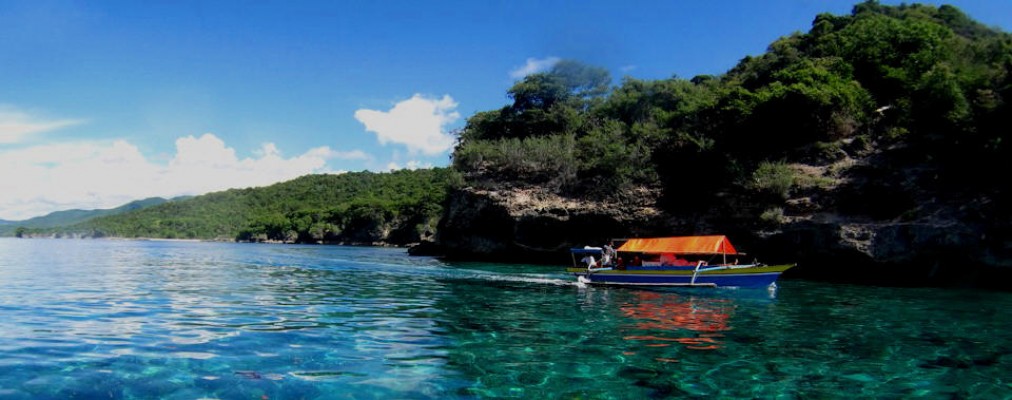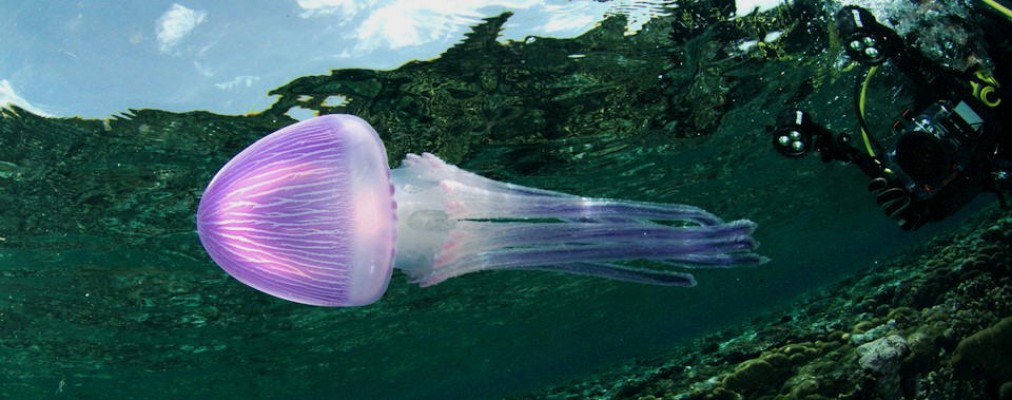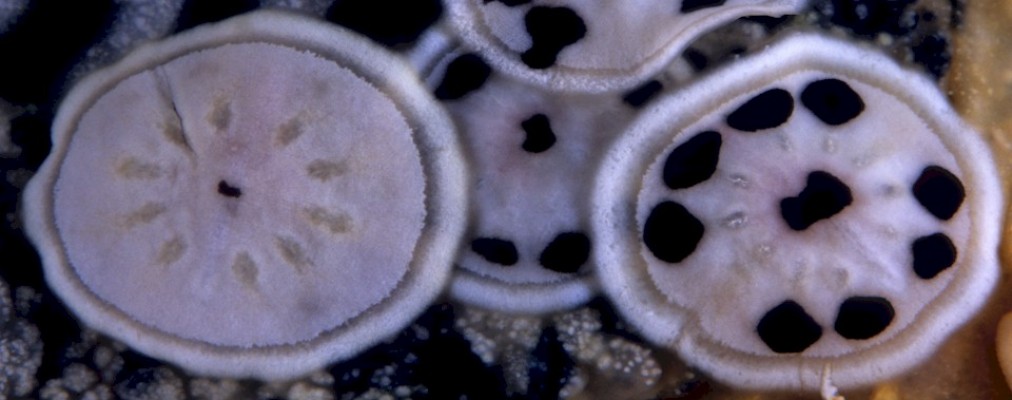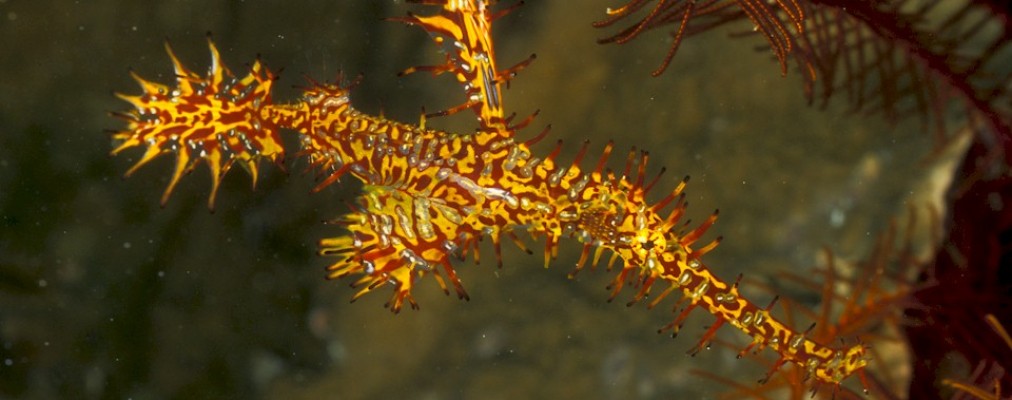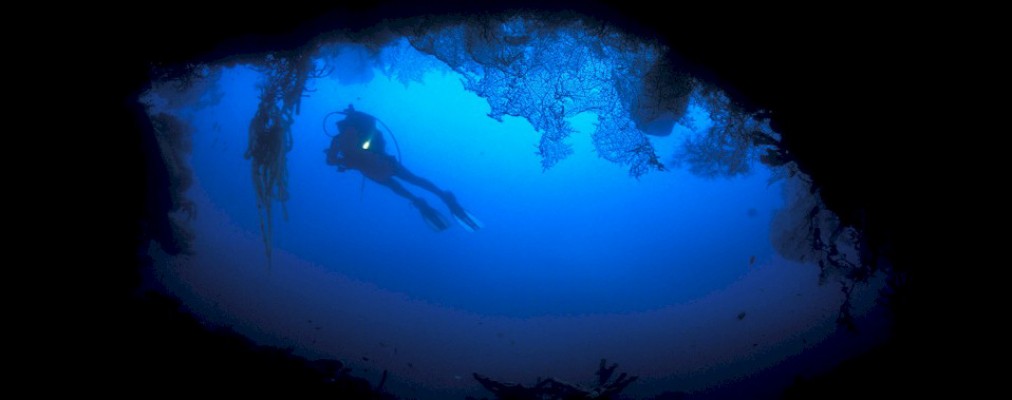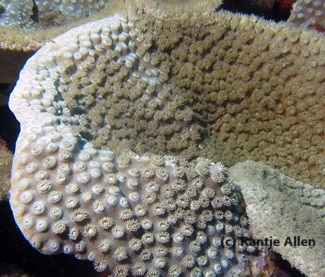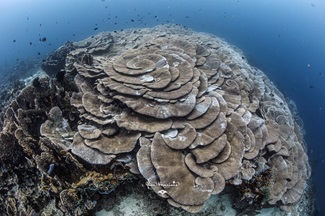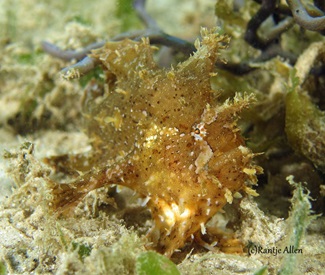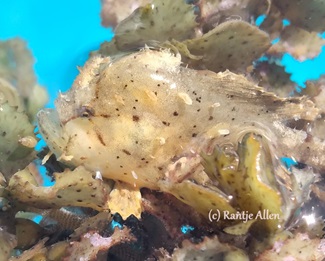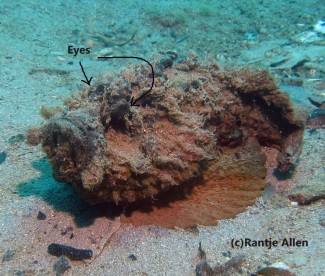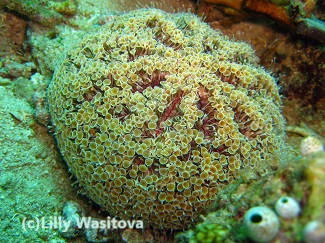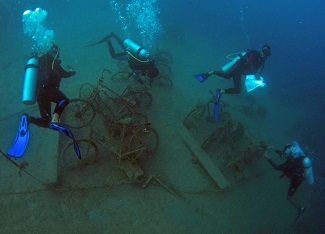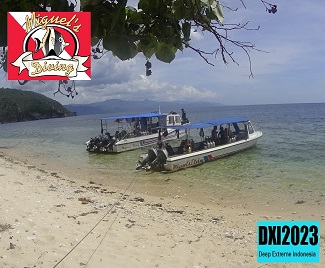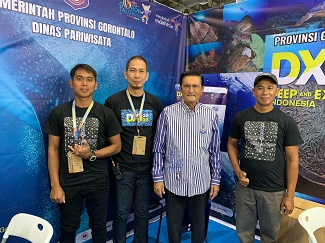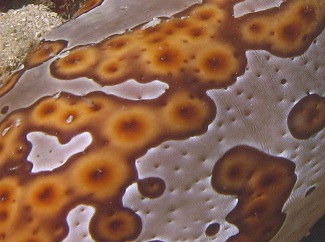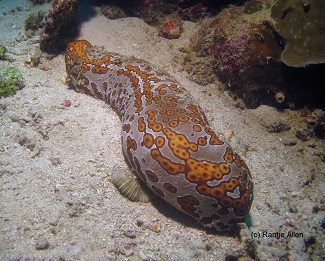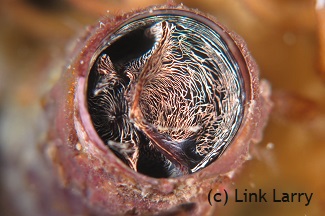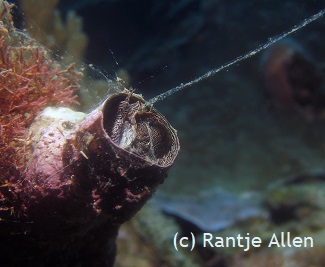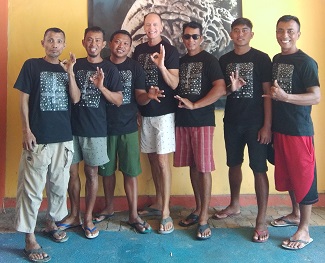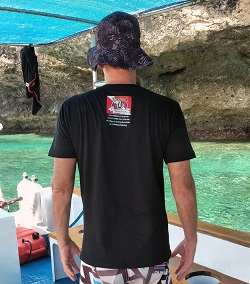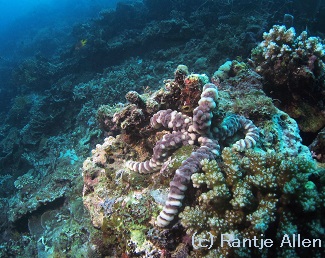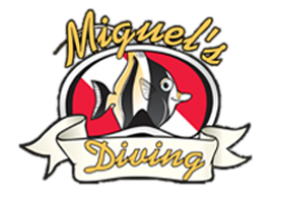Loading content - please wait...
Duncanopsammia peltata forms pagodas in Gorontalo
Duncanopsammia peltata or pagoda coral form immense colonies in Gorontalo’s healthy waters.
Stunning Pagoda Coral Colonies
One of Gorontalo’s ancient and stunning coral formations is pagoda coral. Giant plates form spirals, hence the common name denoting pagodas. The colonies featured in this video measure over four meters across. The video is courtesy of @jhonheriano of Pertamina Dive Club.
Other colonies of this distinctive coral form single plates. Additional plates may take several centuries to form. In other coral reefs of the Indo-Pacific region, this coral forms pillars. That morphology has yet to appear in Gorontalo.
Descriptions of Duncanopsammia peltata
The scientific name for pagoda coral is Duncanopsammia peltata. When we consulted coral experts, they asked for a detailed photograph of the polyps. These are distinctive in determining the species. Usually, corallites measure between three and five millimeters in diameters. However, those of the giant colony featured here measure almost one centimeter!
As with other corals, polyps are only found on the upper surfaces of the colony. They need sunlight and easy access to plankton brought by passing ocean currents. Sometimes, the corallites are embedded flush with the coral plate. However, other times they protrude above the plate like little bumps. Typically, the polyps are extended during daylight hours, ready to sunbathe and catch plankton. Their many arms can measure up to one centimeter in length.
Tiny single-cell organisms called zooxanthellae live inside Duncanopsammia peltata. They turn sunlight into food that they share with their host coral.
Colonies of Duncanopsammia peltata live in coral reefs throughout the Indo-Pacific region. They thrive just below the surface, down to a depth of about forty meters. The color is grey to light brown.
Ask us to show you Gorontalo’s pagoda corals when you make your dive reservations directly with Miguel’s Diving.
